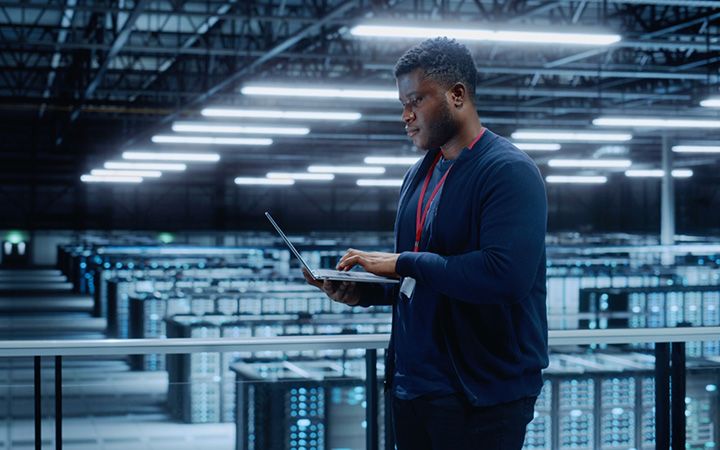
How to make engineers more customer-obsessed—and why it matters
When it comes to working together, the paradigm is changing for customer experience (CX) and user experience (UX) experts and software engineers alike. In the past, CX/UX experts have operated in “value teams” that work to define the customer experience and supporting products. Value teams drive value for the business and advocate for customers. To help companies stand out in today’s competitive environment, engineers must also become customer-obsessed.
Engineers should be interested in the customers for their products. And product teams should include and encourage engineers to participate in meetings with stakeholders. While that sounds like common sense, the fact is neither happens often enough.
Typically, value teams work with a client and their customers to understand what a product needs to do, translate those needs into requirements and design specifications, and then pass those inputs along to the engineers. In that model, engineers frequently don’t understand the purpose of what they’re building—and lack knowledge of the end user and what they’re trying to achieve. If there are gaps in the requirements, engineers make assumptions based on what’s best for the system rather than what’s best for the business and the end users.
The result may be an overly complicated product with unnecessary features. However, if engineers are part of the CX/UX process from the beginning, they can help drive customer satisfaction because they better understand the nuances of the underlying technology requirements.
Engagement leads to sharper CX/UX insights
No one expects engineers to become CX/UX superstars; rather, it’s about them joining in the process, and gaining insights. It’s an opportunity to work collaboratively with the team who is defining the value of the product.
Engineers frequently see the problems first-hand: Why do we need all of this content; why do we have two systems doing the same thing; or why are we using this database that is unresponsive compared to another solution?
Their engagement with a value team transforms their coding. Suddenly, their work is no longer just a set of numbers; it’s mission-critical. With a seat at the table, engineers join the customer value chain. They no longer passively accept cruft and technical debt, but aid the team in solving problems and contribute to improving the experience over the longer term.
A new method to bring engineers into the loop
We’ve designed a fast-paced, collaborative process to seamlessly integrate engineers into value teams. It provides engineers with a framework for their questions and trains them to conduct research with clients in order to better understand their requirements at the start of a project.
This method coaches engineers to ask a series of questions over an hour to an hour-and-a-half that aids them in learning more about the business and their customers’ needs. They might ask about the data flows, what systems will be in place, and how will users interact with those; where are the bottlenecks, and what are the pain points?
Following the interview, they carry out additional research to broaden their understanding of the project, and then produce a concept of operation (ConOps) document that lays out all the details of the solution.
That document shows all the parts of the customer’s solution, and it becomes a diagram the team can use to conduct further, in-depth user research to arrive at the best possible end result for the client.
Engineers who have employed this method say they have gained a fresh perspective on their profession, and possess new skills in areas they didn’t think they’d be involved in.
One senior manager of analytics and GIS said: “When we start with the business context and customer needs in our workshop sessions, I’m better able to map out system issues and opportunities with project teams and communicate to both internal partners and external clients how a technical solution works and delivers value.”
Engineers who develop empathy for the end user produce better outcomes. They build products and provide services that create more overall customer satisfaction, whether for a federal agency or commercial company.
